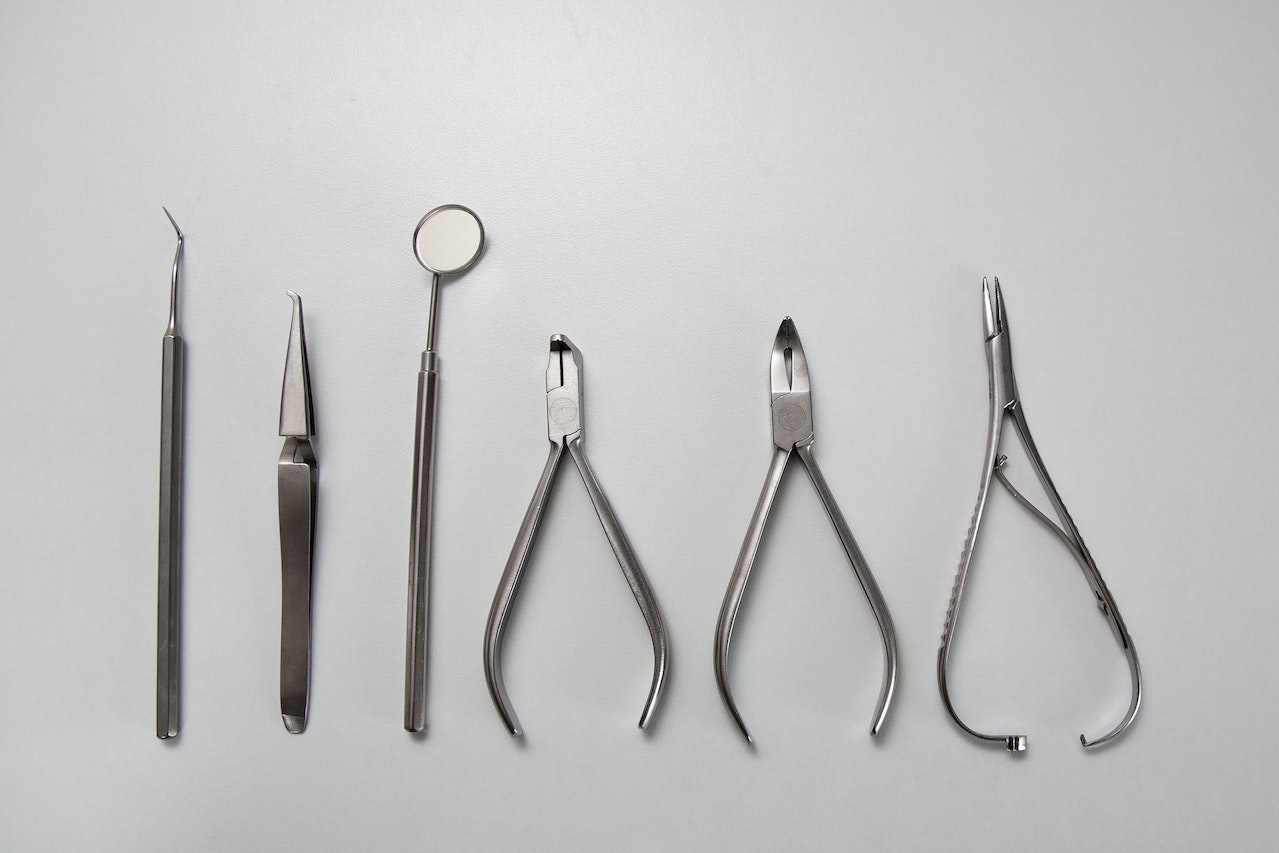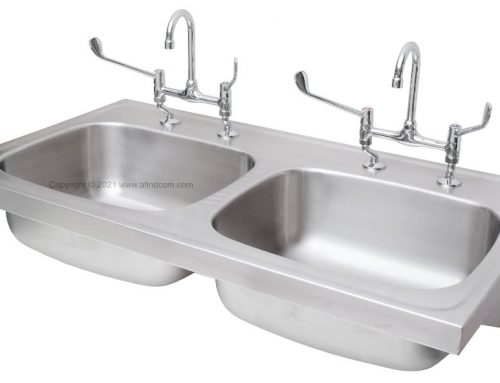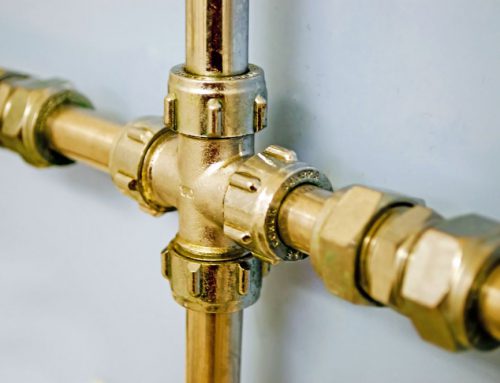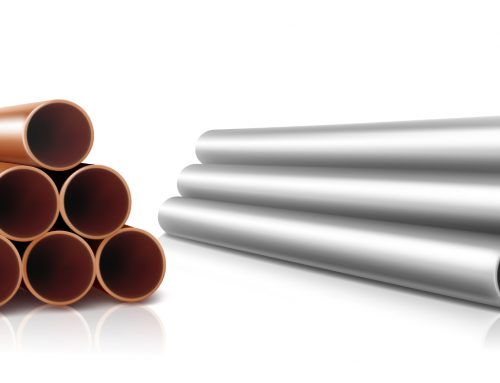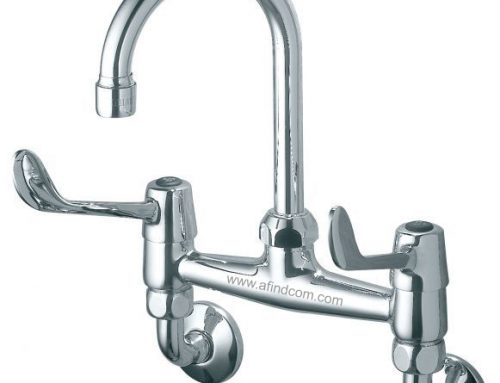Why grade 304 stainless steel is better than grade 430.
Medical and food service industries all use stainless steel since it is a strong and versatile material. There are numerous grades of stainless steel, each with a special composition and set of characteristics. 430 and 304 stainless steel are two of the most popular grades.
Grade 430 stainless steel is a ferritic type of stainless steel that has high chromium (Cr) content. It is magnetic and is not as resistant to corrosion or rust as other higher grades of stainless steel such as 304 and 316. Grade 430 is commonly used where rust or hygiene is not a factor, such as kitchen appliances, generators, balustrades etc (decorative applications). Hospitals, sanitary and food processing factories require a high level of hygiene and corrosion resistance (rust), so grade 430 will not be suitable.
Grade 304 stainless steel is an austenitic type of stainless steel that has high corrosion or rust resistance, excellent formability for fabrication and it is easier to weld than 430. This type of stainless steel is also non-magnetic and is commonly used in applications that require high levels of corrosion resistance, such as food and beverage processing, chemical processing, and medical equipment.
One of the key differences between grade 430 and 304 stainless steel is in their chemical composition. Grade 430 stainless steel contains 17% to 20% chromium and 0.12% to 0.75% nickel, while 304 stainless steel contains 18% chromium and 8% nickel. This difference in nickel content provides 304 stainless steel with better corrosion resistance compared to grade 430 stainless steel, but the high nickel content makes it very expensive, in some cases double that of grade 430 fabricated components.
Another difference between the two grades is their resistance to heat. 304 stainless steel is more heat resistant compared to grade 430 stainless steel, which is more susceptible to warping and distortion when exposed to high temperatures. This is very important in hospitals where heat is used for disinfection. Because grade 430 is so rigid, it also suffers from metal fatigue resulting in cracks in joins.
Finally, the cost of each type of stainless steel can also be a factor when making a decision. In general, grade 430 stainless steel is less expensive compared to 304 stainless steel, which can make it an attractive option for applications that do not require high levels of rust resistance. Grade 430 is also epoxy coated, which removes the risk of rust. Just think about kitchen appliances such as microwaves and fridges.
So both grade 430 and 304 stainless steel have specific properties that make them well-suited for different types of use. While grade 430 stainless steel is a good choice for indoor decorative applications, 304 stainless steel is a better option for applications that require high levels of corrosion or rust resistance, such as food and beverage processing, chemical processing, and medical equipment. The choice between the two grades will depend on the specific requirements of each application. We do not use grade 430 because we specialize in the food and medical industry.

